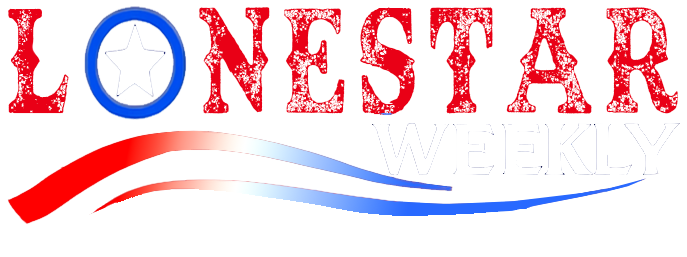Impact of New World Screwworm Detection on U.S.-Mexico Cattle Trade
On November 22, 2024, the U.S. Department of Agriculture’s Animal and Plant Health Inspection Service (APHIS) made a significant decision that sent ripples through the agricultural sector: the suspension of imports of live cattle and bison from Mexico. This action was prompted by the alarming detection of the New World screwworm (NWS) along Mexico’s southern border. The implications of this decision are far-reaching, affecting not only the cattle trade but also the broader economic landscape of the U.S. cattle market.
Understanding New World Screwworm
The New World screwworm is a parasitic fly that poses a severe threat to cattle health. The larvae of the screwworm feed on the living tissue of their hosts, leading to significant health issues, reduced productivity, and even death in severe cases. The detection of NWS is particularly concerning because it can lead to substantial economic losses and increased veterinary costs for livestock farmers.
The Immediate Impact of the Import Suspension
The suspension of cattle imports from Mexico resulted in an estimated reduction of 250,000 to 300,000 head of cattle entering the U.S. market. This dramatic decline has had immediate repercussions:
- Supply Constraints: With fewer cattle available for sale, the supply side of the market tightened, leading to increased competition among buyers.
- Price Fluctuations: The disruption in trade has inadvertently supported feeder cattle and calf prices within the U.S. market, as ranchers face a more competitive environment.
- Market Dynamics: Prices for cattle have seen a rally, with ranchers benefiting from the increased demand amidst lower supply.
The Path to Reopening Imports
Despite the suspension, there is cautious optimism regarding the gradual resumption of imports. According to insider sources, imports of feeder cattle from Mexico are expected to partially resume the week of January 20, 2025. However, the reopening will not be instantaneous; it will unfold in a phased manner.
Several factors are influencing the timeline and pace of this reopening:
- Facility Inspections: Both the U.S. and Mexico have agreed on new protocols for cattle imports. However, these protocols require thorough facility inspections and approvals before implementation.
- Quarantine Period: A mandatory seven-day quarantine will be enforced after animal checks to ensure that no pests are present.
- Port Readiness: The Santa Teresa port in New Mexico plays a pivotal role in the resumption of animal movement. Its operational readiness is crucial for the success of the reopening.
Long-Term Effects on the Cattle Industry
The suspension and subsequent protocols are not merely temporary hurdles; they will likely have long-lasting implications for the U.S.-Mexico cattle trade and the broader cattle industry. Some of these effects may include:
- Enhanced Biosecurity Measures: The detection of NWS has underscored the importance of enhanced biosecurity measures in livestock management. This could lead to stricter regulations and protocols to prevent future occurrences.
- Market Adjustments: As the U.S. cattle market adjusts to the new supply dynamics, ranchers may need to rethink their purchasing strategies, pricing models, and overall business operations.
- International Trade Relations: This incident may also affect the long-standing trade relations between the U.S. and Mexico, particularly in the agricultural sector. Future negotiations may include stricter health and safety guidelines.
Conclusion
The suspension of live cattle and bison imports from Mexico by the USDA’s APHIS due to the detection of New World screwworm represents a critical juncture for the U.S. cattle market. While the immediate effects have led to supply constraints and increased prices, the gradual reopening of imports holds promise for easing these pressures. However, the long-term consequences of enhanced biosecurity measures, market adjustments, and potential shifts in international trade relations will shape the future of the cattle industry.
As the situation develops, stakeholders in the cattle market must remain vigilant and adaptable, ensuring that they are prepared to navigate the complexities that lie ahead. The emphasis on health and safety protocols may ultimately lead to a more resilient and secure cattle industry, benefiting ranchers and consumers alike.






